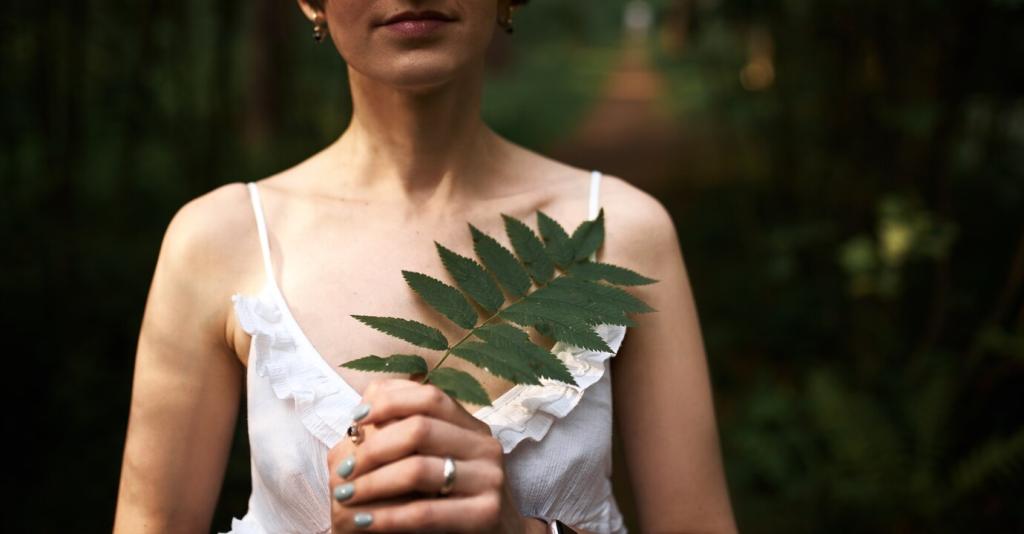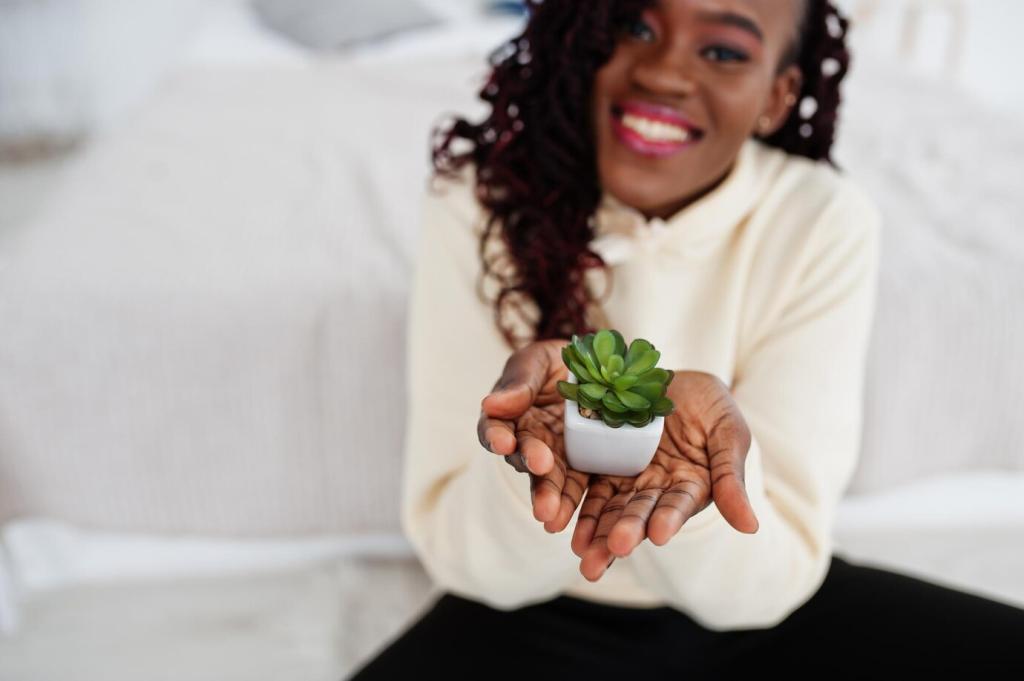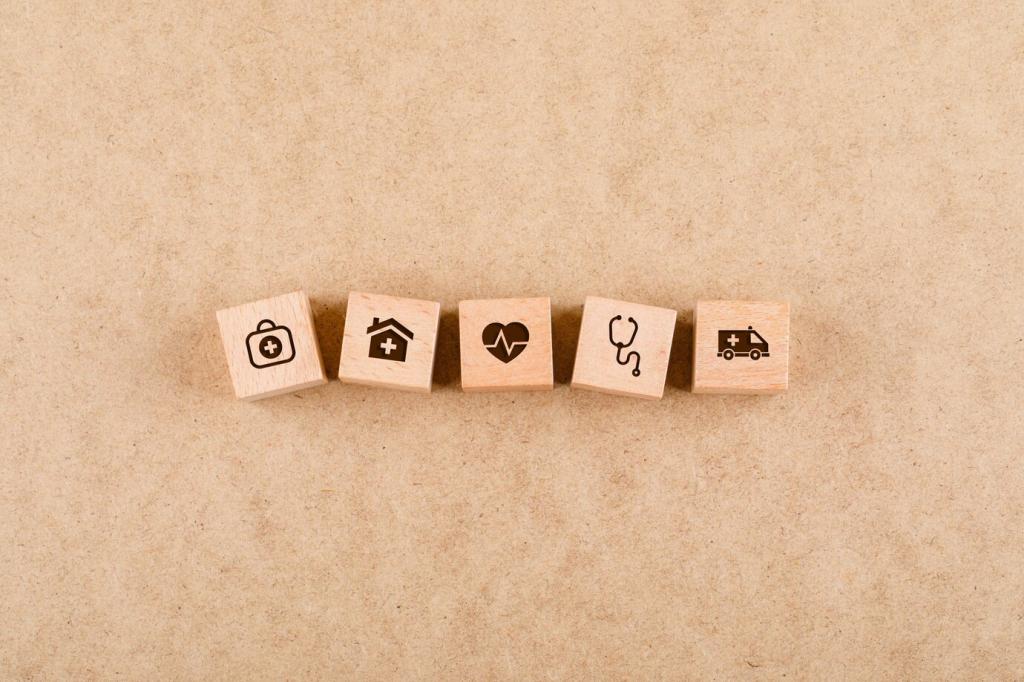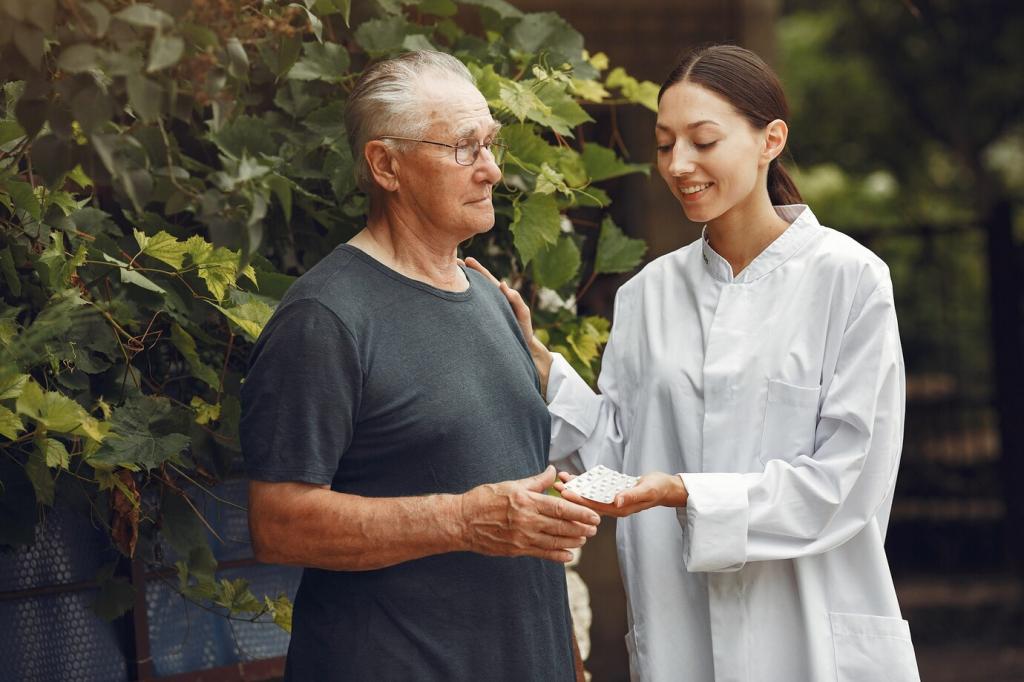DIY Eco-Friendly Upholstery Cleaning: Fresh Furniture, Cleaner Planet
Know Your Upholstery and Care Codes
Those small letters on care tags guide every DIY eco-friendly upholstery cleaning choice. W means water-based cleaners are safe, S calls for solvent-only, WS allows both, and X means vacuuming only. When in doubt, start with gentle, water-based methods and always test your DIY recipe in a discreet spot first.

Planet-Friendly Ingredients
Stock white vinegar at about 5% acidity, baking soda, fragrance-free castile soap, cornstarch for grease, and an enzyme cleaner for proteins. Distilled water reduces spotting on dark fabrics. These simple ingredients, paired thoughtfully, tackle most upholstery challenges while keeping indoor air fresher and routines affordable.

Tools That Protect Fabric
Equip a HEPA vacuum with an upholstery nozzle, soft-bristle brush, labeled spray bottles, and stacks of clean microfiber cloths whose split fibers grip soil efficiently. Add a small fan for quick drying and a squeegee for pet hair. Comment with your favorite tools to help fellow readers refine their kits.
Targeted Stain Removal the Eco Way
Use cold water and dab, never rub. Apply an enzyme cleaner and let it dwell as directed, then blot with a damp microfiber cloth. When yogurt fell on my armchair, patience and enzymes lifted everything without fuzzing the fabric. Tell us your go-to method for kid and pet messes.

Low-Moisture Deep Cleaning Routine
Up to eighty percent of soil is dry particulate. Make slow, overlapping HEPA vacuum passes, lifting seams, tufting, and crevices with detail tools. This step boosts color, reduces allergens, and makes wet work easier. What vacuum patterns work best for you? Share your routine so others can improve theirs.
Low-Moisture Deep Cleaning Routine
Whip a small amount of castile soap solution into foam, apply with a soft brush, and work in sections. Wipe residue with a barely damp cloth, then a dry one. This preserves cushion structure and shortens dry times. My go-to ratio: one tablespoon soap per quart of warm water.
Low-Moisture Deep Cleaning Routine
Encourage airflow with open windows and a fan angled across, not directly at, damp areas. Flip cushions to expose edges, and protect from bright sun that can fade dyes. Aim for fully dry within a few hours to discourage mildew. Comment with your drying hacks for humid climates.
Natural Odor Control and Freshness

Baking Soda Overnight Refresh
Dust on a generous layer, gently work it into fibers, and leave eight to twelve hours before thorough vacuuming. Sodium bicarbonate helps neutralize many acidic odors. A reader once rescued a pet-sofa situation overnight using this trick. Try it this week and tell us how your room feels afterward.

Vinegar Steam and Airing
Set a bowl of hot water with a splash of vinegar in the room to lightly deodorize as vapor circulates, then cross-ventilate. Avoid direct application on acid-sensitive fibers. This simple ritual clears stale scents after gatherings. Share your airing rituals for rainy days when windows resist opening.

Essential Oils, Used Wisely
Place one or two drops on a cloth near, not on, upholstery to add a subtle note—think lavender, lemon, or tea tree. Avoid direct contact and use caution around pets and children. What blends relax your space without overwhelming it? Leave your favorites so others can experiment responsibly.
Sustainable Habits That Keep Upholstery Clean
Set a weekly HEPA vacuum, a monthly baking soda refresh, and a quarterly low-moisture clean. Add reminders to your calendar or subscribe for our printable checklist. Consistency beats marathon efforts, and your furniture will show it. Comment with your schedule so readers can borrow ideas that fit real life.
Sustainable Habits That Keep Upholstery Clean
Use washable throws, armrest covers, and cushion rotation to spread wear evenly. Flip and sun-rotate cushions occasionally to balance light exposure. My grandmother’s simple slipcover habit preserved a loveseat for two generations. What washable layers protect your pieces? Inspire someone to keep beloved furniture out of the landfill.


